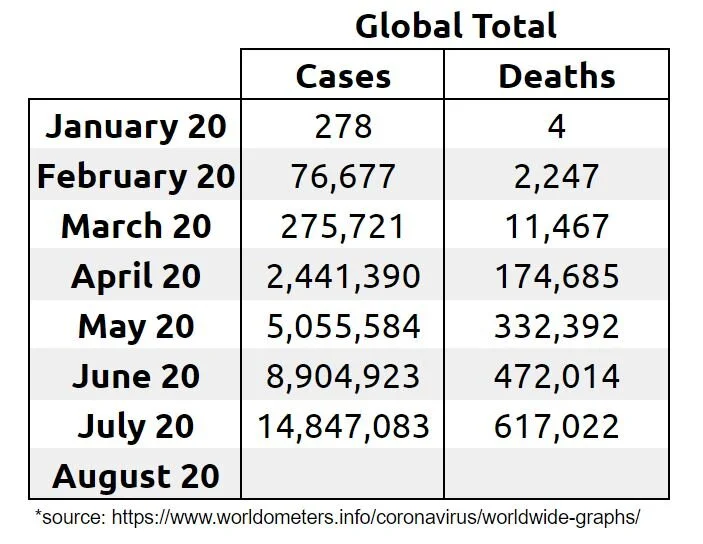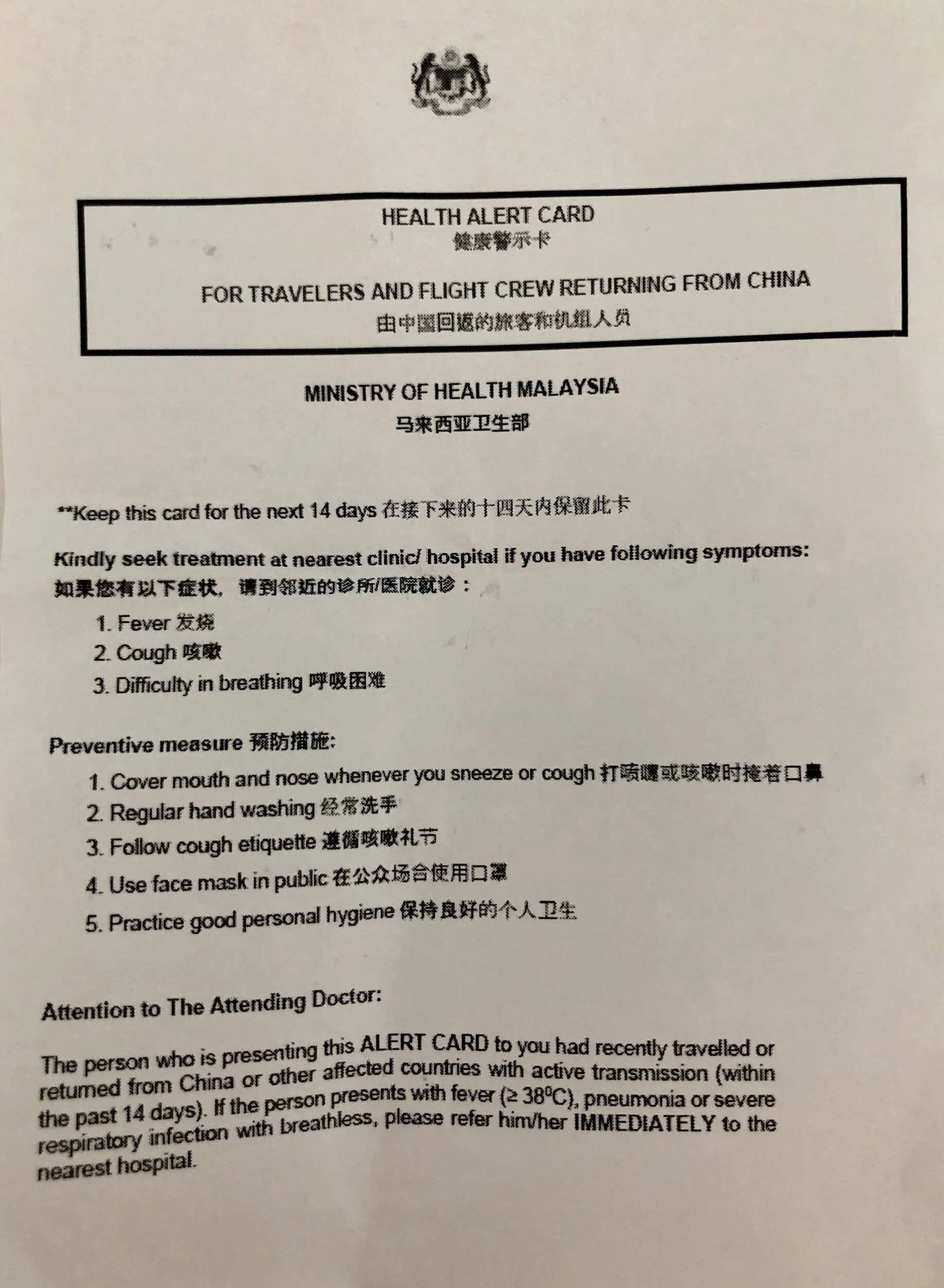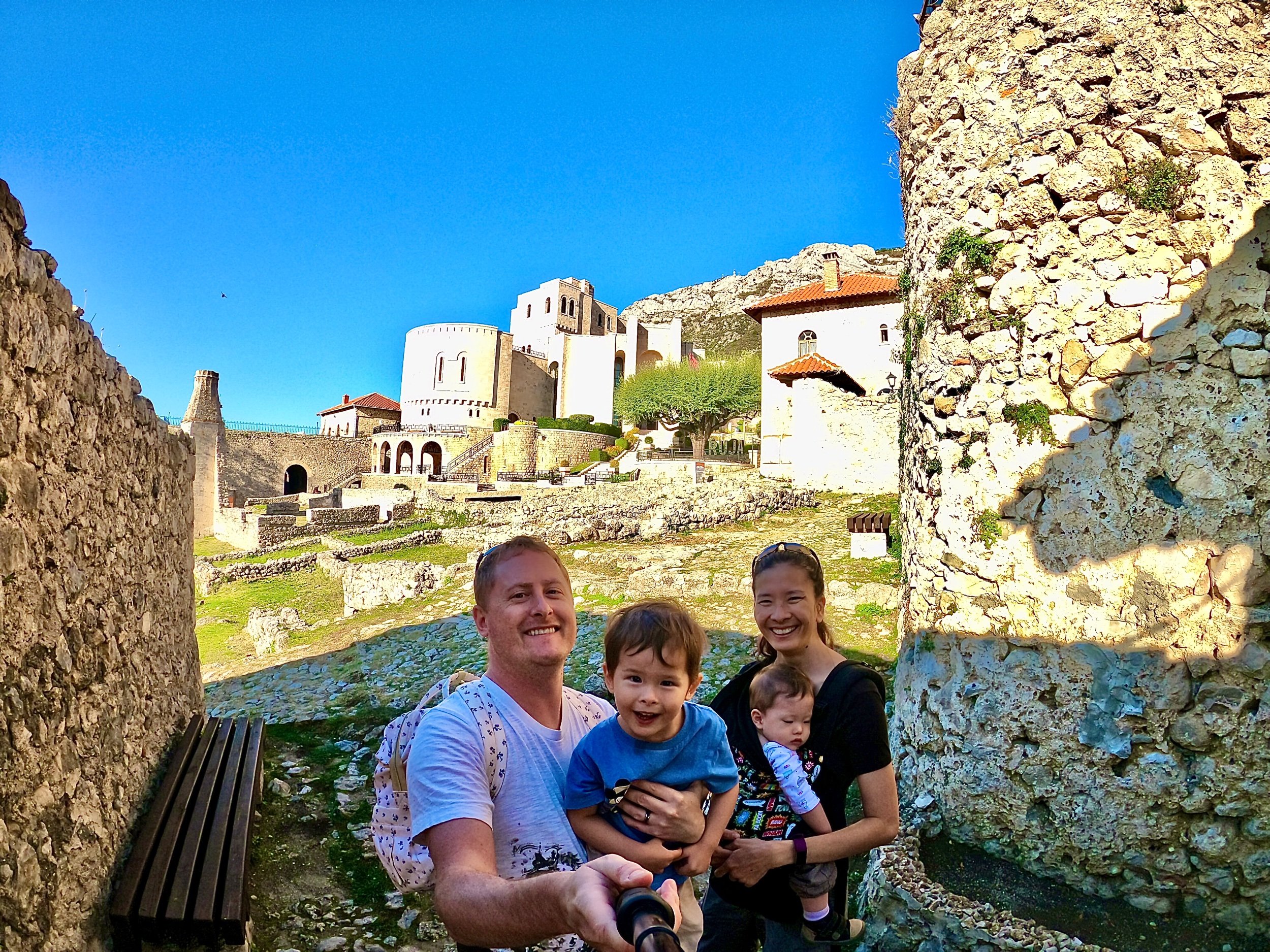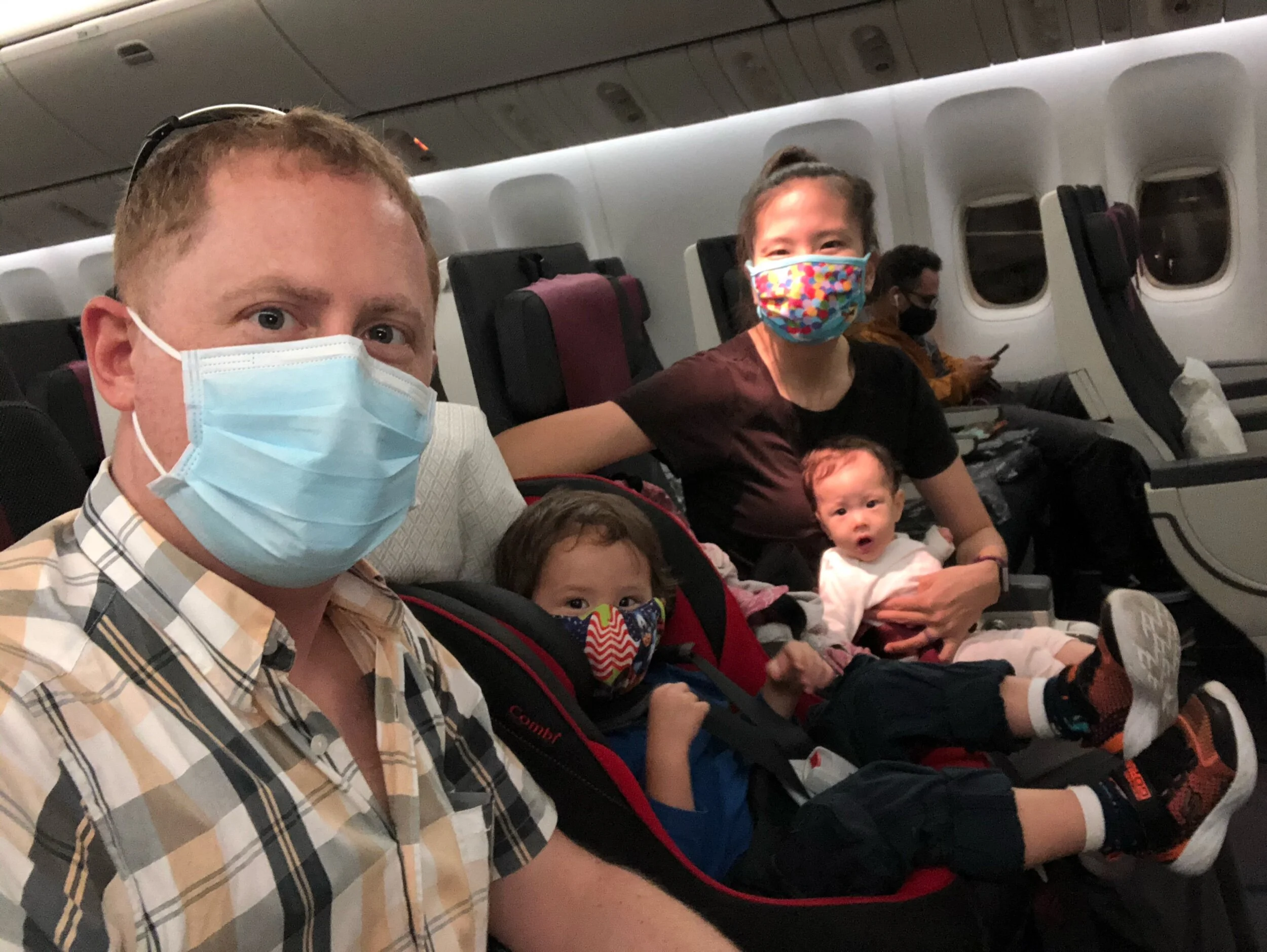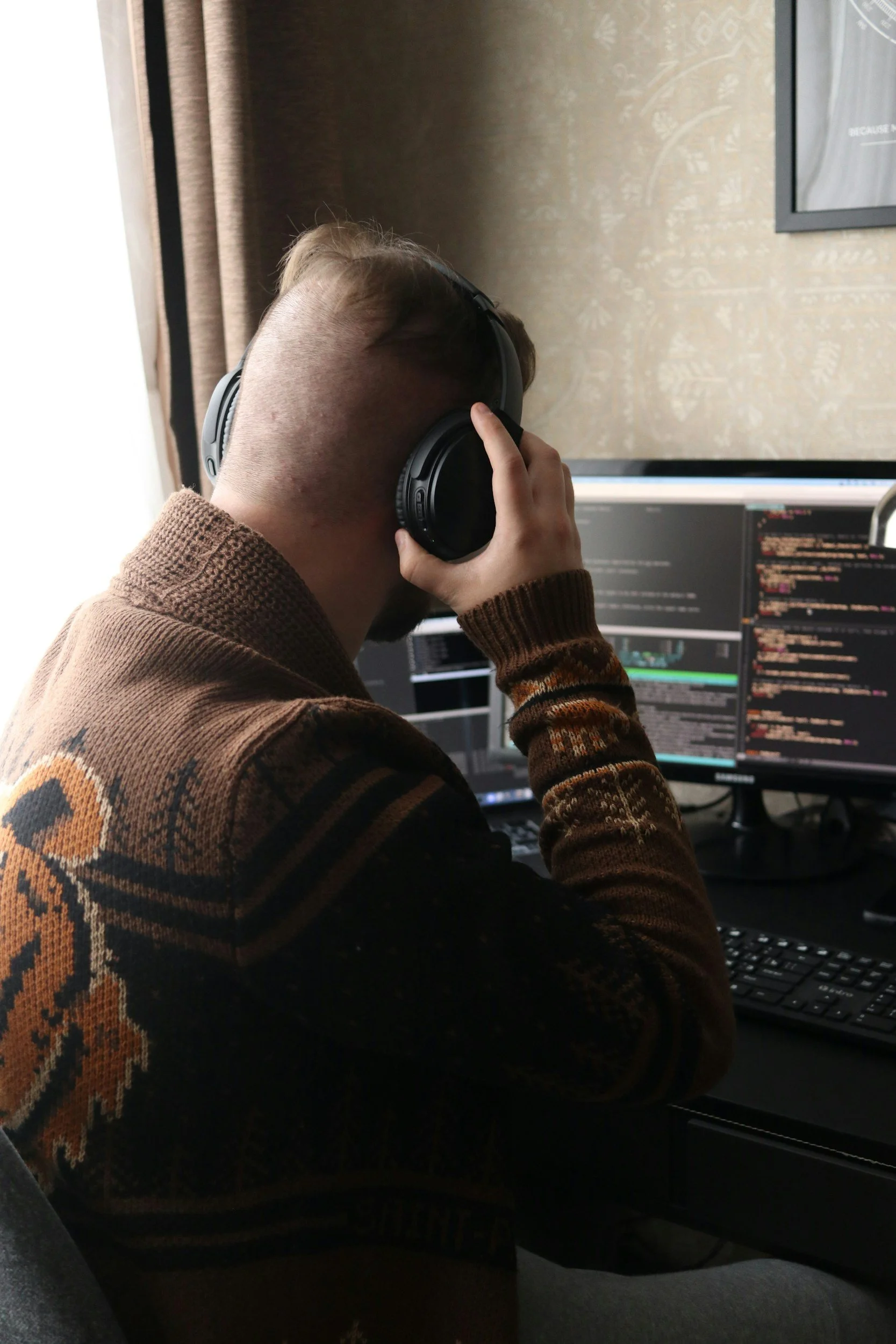Traveling in the Time of the Novel Coronavirus Pandemic - COVID-19
Please note: This post may contain affiliate links. See our disclosure to learn more.
The Novel Coronavirus - COVID 19
Should I Cancel my Travel Plans?
ANSWER: Avoid unnecessary travel if possible. However, if you are under 60 years old and do not have pre-existing medical conditions, you likely do not need to cancel your travel plans due to the Novel Coronavirus. However, for the sake of preventing the spread of this virus to other people who might be in that category, we would recommend that you refrain from unnecessary travel if you can and take precautions as frequently as possible for the sake of every other human being.
If you must travel: keep your travel plans; But, wash your hands frequently, don’t touch your face, practice social distancing wherever possible, and - if you are in areas where you come within 6-10 feet of people whom you don’t live with on a daily basis - wear a mask at all times until you are, in fact, only with people who live with you. In other words, no lunch or dinner dates with your best friends, relatives, or co-workers as you don’t live with them, because you’ll need to take off your mask and you won’t be socially distant from them. That’s one of the main causes of the spreading of the virus!
Also, considering that many areas shut down if there is an outbreak, you may not enjoy your trip if you are going to an area that is having issues. That is occurring more frequently these days - with countries full out banning travelers in nearly every country around the world. To travel, you’d have to look first to see if the country, or even state, that you want to go to will even let you in. Check out this site to figure that out.
Additionally, if you intend to travel anyway, it is recommended that you get a test - prior to leaving home - to make sure you aren’t spreading COVID-19 to other areas, then do a self or government quarantine in the country that you arrive in for 14-days, and lastly get another test, and quarantine again, when you return.
Worried about being quarantined? This could potentially happen if an outbreak occurs near you. Our only recommendation on this one is to leave if a situation arises, before it gets out of hand. If you are heading into an area that is already in lock-down, and that is allowed, most of these places will require that you quarantine for 10-21 days when you arrive - some allowing you to self-quarantine while others require you to pay for a formal government quarantine. Make sure that you pay attention to this!
Worried about spreading it once you get home? As there isn't currently a vaccine, you'll want to take measures personally - to prevent spreading it to others - when headed back home. Follow the CDC’S guidelines for that and you - and your loved ones - should be fine. That means you should self-quarantine for 14-21 days after returning home, prior to visiting anyone - especially sick or elderly family members. Additionally, wear a mask everywhere you go, use hand sanitizer, and wash your hands frequently.
We say this while we are traveling in Malaysia, with our next trip - in May - going to Taiwan. Although, we are currently staying “at home” in our Airbnb and only going out - safely - to get groceries. As Taiwan has blocked incoming trips indefinitely, we are going to have to extend our stay in Malaysia and then possibly have to re-route to a different place when our extension runs out. Check out this article for an update on our situation in Malaysia: Life After the Coronavirus - A Success Story.
PANDEMIC
The World Health Organization has declared the Novel Coronavirus as a pandemic (see their briefing here). What does this mean? It means it will likely spread like the flu and become a new normal in our lives like the cold and flu seasons.
Unlike movies such as Outbreak, Contagion, 12 Monkeys, World War Z, The Andromeda Strain, I am Legend, Dawn of the Planet of the Apes, and 28 Days Later - the Novel Coronavirus does not have an extinction level kill rate. In fact, it is - for most of the population - less than 1.0%. So, while it is something you should be aware of - and attempt to prevent - it is not something that is likely to kill you or wipe out entire towns or cities.
However, if you are over 60 years old and have pre-existing medical conditions, please make sure you read the rest of this article so that you understand what to expect.
History of the Novel Coronavirus
*NOTE: This section is no longer being updated.
On January 20th, 2020, the world was introduced to the Novel Coronavirus when reports came out stating that 4 people had died, and 278 cases were reported, from this virus - even though it was first identified in December of 2019.
This virus started in Wuhan, the capital of the Hubei province, on mainland China. Wuhan is the 9th most populous city in China, with over 11 million people.
Within a month - by February 20th - the death toll jumped from 4 to 2,247 and the number of cases jumped from 278 to 76,677.
It has now spread to every continent, except Antarctica.
Current Information
Around 51.8% of the people that get Novel Coronavirus end up having NO SYMPTOMS
People are contagious while they have the Novel Coronavirus, for up to 19 to 24 days, even without symptoms
The chances of getting the Novel Coronavirus is higher than getting the Flu (containment has mostly failed)
A healthy person in their 30’s or younger has a 0.2% chance of dying, but the same chance of contraction as anyone else
A person without any pre-existing medical conditions has a 0.9% chance of dying
There is a 9.2% chance that a symptomatic person will develop serious or critical symptoms
There is a 3.7 - 6.7% chance that a symptomatic person will die (the majority of which are typically elderly people with pre-existing medical conditions)
Smoking increases your chances of dying as this virus affects your respiratory system
Given to us upon arrival in Malaysia
Novel Coronavirus will “Ultimately not be Containable”
A massive sample size, the Diamond Princess cruise ship, has given us a great amount of valuable information about what to expect from the Novel Coronavirus. This is why it has become a Pandemic.
“A total of 621 people from the cruise ship have now been confirmed to have the newly identified coronavirus — or about 20% of the 3,011 people who had been tested as of Wednesday.” (NPR)
“A far higher portion of asymptomatic cases was found on the Diamond Princess cruise ship, where 322 of 621 [or 51.8% of] people tested positive but showed no symptoms.” (Business Insider) - Wikipedia shows 634 cases including 328 asymptomatic people [51.8%].
“The Harvard epidemiology professor Marc Lipsitch [stated]: ‘I think the likely outcome is that it will ultimately not be containable.” (The Atlantic)
Ultimately, with a sample size as large as the Diamond Princess, we can use the statistics to gauge what could occur around the world. In this case, 51.8% of the passengers who tested positive for the Novel Coronavirus on the ship HAD NO SYMPTOMS.
What this means is that for every person who has symptoms, there is another one who is out there without symptoms - but is still contagious.
Contagious for 14 to 24 Days
The Centers for Disease Control (the “CDC”) states that the coronavirus’ incubation period is believed to be two to 14 days. Thus, many countries have established quarantine rules for travelers who are coming in from from Wuhan, or mainland China, with a 14-day quarantine period. However, that might not be enough.
“Doctors concluded that the woman’s incubation period – the time during which she was infectious – was 19 days.” (Business Insider)
“Zhong Nanshan, who discovered the SARS virus, published research on February 6 that suggested the coronavirus incubation period could be up to 24 days. That study has not yet been peer-reviewed, however.” (Business Insider)
This suggests that some cases are going to get through the quarantines, especially because around 51.8% of infected people show no symptoms.
More detailed information on the duration and contagious period is available here.
“Whether it will be contained or not, this outbreak is rapidly becoming the first true pandemic challenge that fits the disease X category,” Marion Koopmans, head of viroscience at Erasmus University Medical Center in Rotterdam, and a member of the WHO’s emergency committee, wrote Wednesday in the journal Cell.” (Bloomberg)
“In a nutshell, Covid-19 is Disease X.” - Peter Daszak, disease ecologist
Flights into Asia are sometimes very empty, even on this Emirates flight from Brisbane to Singapore.
Containment has Failed - Should we be Worried?
While some countries get a higher percentage of visitors who have come through China - specifically Japan, Singapore, and South Korea - thus, the number of cases were originally higher than in other countries. However, these developed nations have done an excellent job at finding, investigating, and taking measures to contain the spread of Novel Coronavirus in their countries.
However, there have been a number of outbreaks that made the spread to the rest of the world a reality (pandemic).
Additionally, it may be possible that a person can contract Covid-19 more than once.
“In the Chinese city of Wuhan, 195 cases of re-infection with the coronavirus COVID-19 were recorded. This figure is given in the summary of the State Committee on Hygiene and Health of China.” (Vesti)
For these cases, “it is not known whether this is a relapse of the disease or re-infection” as “the head of the medical group for the treatment of coronavirus, Professor Zhao Jianping, stated that there were cases when patients who were discharged with negative results for the coronavirus test after treatment subsequently showed a positive result again. Professor Jianping […] could not say for sure whether it was a relapse or re-infection. According to the physician, the virus could be "not completely removed from the body" or "not enough antibodies were produced." In this regard, Professor Zhao Jianping emphasized that all patients should be placed in additional quarantine for another 14 days after discharge." (Korrespondent)
This suggests that the Novel Coronavirus has no plans of simply dying out on its own and can continue to resurface even after its been cleared.
“Ultimately, SARS and MERS each killed fewer than 1,000 people.
COVID-19 is already reported to have killed more than twice that number. With its potent mix of characteristics, this virus is unlike most that capture popular attention: It is deadly, but not too deadly. It makes people sick, but not in predictable, uniquely identifiable ways. Last week, 14 Americans tested positive on a cruise ship in Japan despite feeling fine—the new virus may be most dangerous because, it seems, it may sometimes cause no symptoms at all.” (The Atlantic)
“This Novel Coronavirus outbreak is overblown”
Many articles - and people on social media - are stating the following information to support this claim:
Only older people and those with medical conditions are dying from the Novel Coronavirus
The Flu has killed more people than the Novel Coronavirus
These statements are only about half true.
TRUTH - Old Age or Pre-existing Conditions ARE most at Risk of Death
According to the World Health Organization (the “WHO”):
“People of all ages can be infected by the new coronavirus (2019-nCoV). Older people, and people with pre-existing medical conditions (such as asthma, diabetes, heart disease) appear to be more vulnerable to becoming severely ill with the virus.” (WHO)
This one is mostly true, as the chances of dying from the Novel Coronavirus are very low unless you are older. Worldometers states that your chances of dying from it are 0.2% if you are under 40.
However, it increases rapidly if you're older.
Additionally, your chances increase by about 65% if you are a male, although this number may be skewed some as there is a higher percentage of male smokers than female smokers in China - where most of the data has been collected (a 0.4% chance would become a 0.66% chance - still less than 1.0% in this case).
So, while the overall death rate is between 2.8% to 6.9%, if you have NO pre-existing medical conditions, the overall death rate is actually 0.9%, and that suggests that even if you are old - without pre-existing medical conditions - you still have a low chance of dying from it (9 per 1,000). (Worldometers)
For Pre-existing medical conditions such as Cardiovascular disease (10.5%), Diabetes (7.3%), Chronic Respiratory Disease (6.3%), Hypertension (6.0%), and Cancer (5.6%) - the rates are a bit higher.
Thus, there are still some healthy people who are dying from the Novel Coronavirus, but only about 9 in every 1,000 - and with a higher likelihood if you are older.
That being said:
“Older adults, especially those with chronic conditions, such as hypertension and diabetes, have been found to have a higher risk of severe illness. Still, ‘the experience to date in Singapore is that patients without significant co-morbid conditions can also develop severe illness,’ they said.
Li Wenliang, the 34-year-old ophthalmologist who was one of the first to warn about the coronavirus in Wuhan, died earlier this month after receiving antibodies, antivirals, antibiotics, oxygen and having his blood pumped through an artificial lung.
The doctor, who was in good health prior to his infection, appeared to have a relatively mild case until his lungs became inflamed, leading to the man’s death two days later, said Linfa Wang, who heads the emerging infectious disease program at Duke-National University of Singapore Medical School.” (Bloomberg)
TRUTH - Influenza has a much lower Death Rate AND Contagious Period
Influenza does kill roughly 30,000 - 60,000 people per year, according to the CDC. However, they also state the number of people who have symptoms at being between 25,000,000 - 45,000,000 annually, suggesting a death rate of roughly 0.096% - 0.135% (about 9.6 to 13.5 people per 100,000).
Also according to the CDC:
Period of Contagiousness
You may be able to pass on flu to someone else before you know you are sick, as well as while you are sick.
- People with flu are most contagious in the first 3-4 days after their illness begins.
- Some otherwise healthy adults may be able to infect others beginning 1 day before symptoms develop and up to 5 to 7 days after becoming sick.
- Some people, especially young children and people with weakened immune systems, might be able to infect others with flu viruses for an even longer time.
In comparison:
Novel Coronavirus is similar to the flu in that you can pass it on to someone else before you know you are sick, as well as while you are sick.
Flu:
around 14% of cases are asymptomatic (no symptoms) - see US National Library of Medicine
contagious from 1 day before symptoms develop to 5-7 days after becoming sick
death rate of around 1 in every 10,000 people who have symptoms
this year, over 35,520,000 people have had flu symptoms with 34,157 deaths
death rate of roughly 2,846 per month on average
Novel Coronavirus:
around 51.8% of cases are asymptomatic (no symptoms) - see “Diamond Princess” notes above
contagious from 19-24 days before symptoms develop to 5-7 days after becoming sick
death rate of around 660 in every 10,000 people who have symptoms (closed cases)
this year, over 88,000 people have had Novel Coronavirus symptoms (a quarter of 1% of the number of flu cases - 0.25%) with 3,001 deaths (8.8% of the number of flu deaths)
death rate of roughly 2,179 per month on average
*NOTE: Not including China, 236 of the concluded cases have recovered and 36 have died. This is a death rate of roughly 13.2% - even including developed nations.
But, the Novel Coronavirus wasn’t originally as widespread as the Flu, so the raw number of people who had died from the Flu was much larger. But that has already changed.
However, that could change if the Novel Coronavirus was to spread like the flu - as it is now showing itself capable of doing on a global scale. According to the US-CDC and the World Health Organization, “Up to 650 000 deaths annually are associated with respiratory diseases from seasonal influenza.” As of August 7th, 2020, there were 723,184 covid-19 related deaths so far in the year 2020 - and we still have over 4 1/2 months to go!
Machines scan passengers’ temperatures as they pass through the hallways at changi Airport in Singapore.
The Coronavirus CAN Spread like the Flu
The Harvard epidemiology professor Marc Lipsitch “predicts that, within the coming year, some 40 to 70 percent of people around the world will be infected with the virus that causes COVID-19. But, he clarifies emphatically, this does not mean that all will have severe illnesses. ‘It’s likely that many will have mild disease, or may be asymptomatic,’ he said. As with influenza, which is often life-threatening to people with chronic health conditions and of older age, most cases pass without medical care.” (The Atlantic)
Again, let’s examine the numbers:
There have been about 88,375 reported systematic cases of the Novel Coronavirus so far, and we know that approximately 51.8% of cases are likely unreported (due to the asymptomatic cases on the Diamond Princess).
Thus, we can estimate that:
48.2% of cases are symptomatic and that
roughly 183,351 people have been infected so far
CORONAVIRUS SYMPTOMS: Here’s What Happens to the Body After Contracting the Coronavirus
Of those 48.2% that are symptomatic, we can examine the data from Worldometers, which shows the number of Active Cases. This helps us determine the likelihood of mild or serious symptoms:
82.2% of Active Cases show Mild Symptoms
17.8% of Active Cases show Serious or Critical Symptoms
93.4% of Closed Cases are Discharged / Recovered
6.6% of Closed Cases have Died
Here are two graphs to help interpret that data (per 100,000 people infected):
Coronavirus - COVID-19 Symptoms
Coronavirus - COVID-19 Deaths & Recoveries
Again, it needs to be noted that most of the deaths are occurring in elderly people who have pre-existing medical conditions (see Worldometers for the numbers).
The Most Likely Outcome
Chances are that the Novel Coronavirus is going to spread across the entire world. You will likely get it, eventually. Additionally, it may just become a “New Normal”.
“Lipsitch is far from alone in his belief that this virus will continue to spread widely. The emerging consensus among epidemiologists is that the most likely outcome of this outbreak is a new seasonal disease—a fifth “endemic” coronavirus. With the other four, people are not known to develop long-lasting immunity. If this one follows suit, and if the disease continues to be as severe as it is now, ‘cold and flu season’ could become ‘cold and flu and COVID-19 season.’ ” (The Atlantic)
If this happens, we could see many more deaths each year from the Novel Coronavirus than we currently see from the Flu. I’ll let you do the math on that one.
The Cure - There is Good News
According to the WHO, there are no medicines currently available to prevent or treat the Novel Coronavirus directly - however, treatment of symptoms is still possible.
Are there any specific medicines to prevent or treat the new coronavirus?
To date, there is no specific medicine recommended to prevent or treat the new coronavirus (2019-nCoV).
However, those infected with the virus should receive appropriate care to relieve and treat symptoms, and those with severe illness should receive optimized supportive care. Some specific treatments are under investigation, and will be tested through clinical trials. WHO is helping to accelerate research and development efforts with a range or partners.
Despite that news, it turns out that there is currently a potential cure that is ready for human trials:
“ ‘There is only one drug right now that we think may have real efficacy and that's remdesivir,’ Bruce Aylward, an assistant director-general of the World Health Organization (WHO), said at a press conference in Beijing.
WHO officials added that clinical trials for remdesivir in humans are now taking place and results could be available within weeks.” (CNN Business)
There's another one from Moderna that is also ready for trials (see here).
Additionally, more than 80 different trials have begun to find a cure apart from remdesivir.
“China has already begun trials on the drugs to be included in the WHO’s master plan. The Chinese Clinical Trial Registry, a database of biomedical studies in China, lists these investigations among dozens of other controlled trials on existing therapies, experimental procedures and traditional medicines. These treatments have varying amounts of evidence backing their efficacy.
The two HIV drugs block enzymes that viruses need to replicate. In animal studies, they have reduced levels of the coronaviruses that cause severe acute respiratory syndrome (SARS) and Middle East respiratory syndrome (MERS).” (Nature)
Also check out: The hunt for a coronavirus cure is showing how science can change for the better
Even so, it may take up to 12-18 months for a wide-scale “cure” or treatment to be available globally.
Thus, we recommend that everyone be as vigilant as possible when it comes to this virus - especially if you are older or have pre-existing medical conditions - at least until a cure is available at the scale that the flu vaccine is available.
Airports in Southeast Asia are screening everyone by taking their temperatures - checking for fever.
Thank you VERY much for reading our article. We actually created this website to help people reach financial independence. Did you know that by having a remote job and traveling endlessly, or living in a country that has low costs of living, you can actually reach retirement quicker? Plus, retirement abroad is up to 75 percent cheaper as well! Learn more by exploring our website: EatWanderExplore and REmotiFIRE.
See our Thank You page to sign up for our free weekly newsletter - you’ll receive only 1 email per week letting you know about our latest travel articles, remote-work life, and amazingly affordable destinations!
Found this post useful? Buy us a coffee to help support this site’s running costs OR share this article with a friend.



